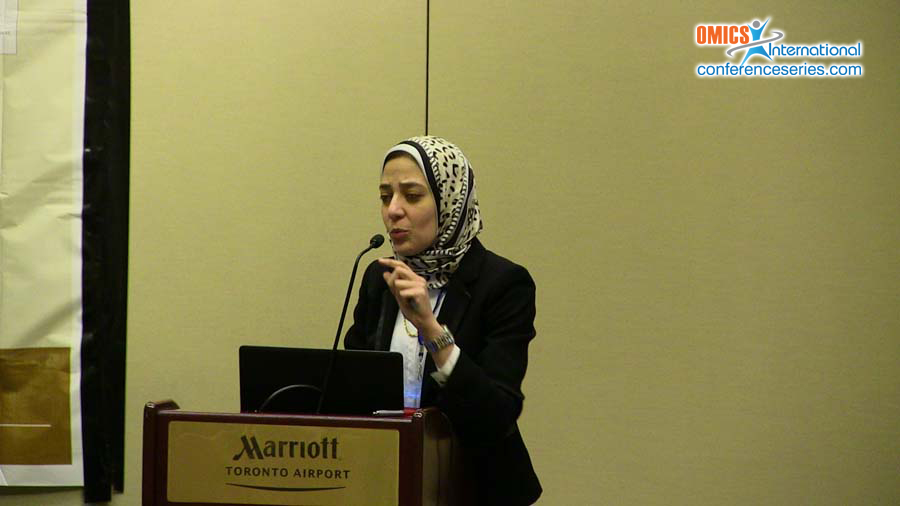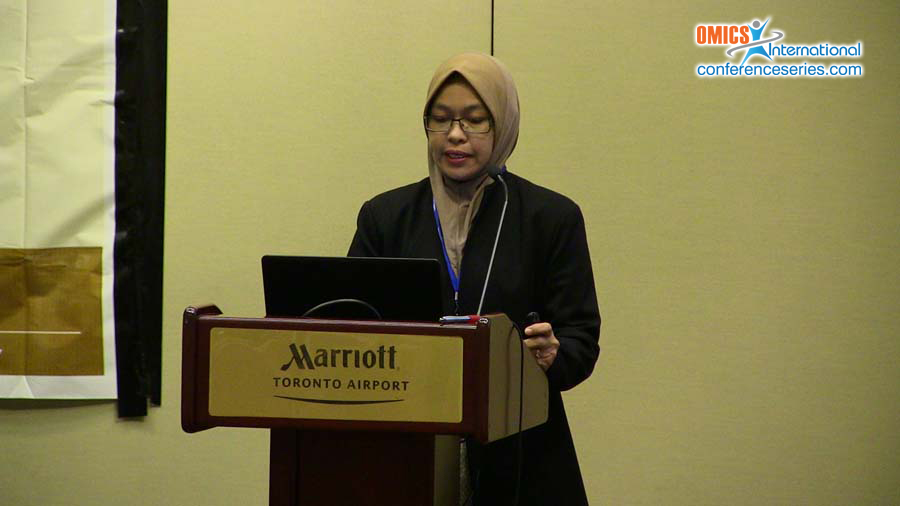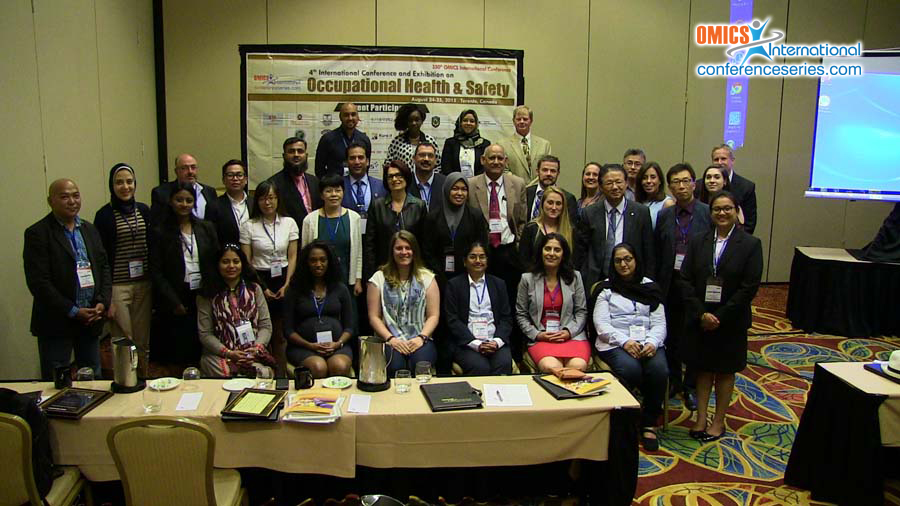Noha Selim Mohamed Elshaer
Alexandria Faculty of Medicine, Egypt
Title: Injection and sharps safety in operating rooms at the Alexandria Main University Hospital, Egypt
Biography
Biography: Noha Selim Mohamed Elshaer
Abstract
Background: Operating rooms continue to rank as one of the highest risk hospital settings for needlesticks and sharps injuries. In Egypt, and particularly in Alexandria, safety in operating rooms was not adequately studied. This study will assess the current safe injection measures adopted in operating rooms, reveal the magnitude and factors behind needlesticks and sharps injuries, evaluate post exposure management, and assess knowledge and practice of HCWs regarding injection safety, in order to plan for an effective intervention program to control such injuries. Methods: A descriptive cross-sectional approach was selected, where all operating rooms (n=34) at the Alexandria Main University Hospital were observed for safe injection measures. All HCWs attending operating rooms during the field work period of the study, (n=318) were interviewed using a predesigned questionnaire based on the World Health Organization revised injection safety assessment tool and the Exposure Prevention Information Network (EPINet) needlestick and sharp injury report. HCWs were observed for safe injection practice (n=62). Results: The observed operating rooms were satisfactory as regards the infection control measures; while were unsatisfactory for the presence of loose disposable needle (14.7%) and infectious waste not in any container (50%) that were removed after each operation. Sixty percent of HCWs experienced an accidental needlestick or sharp injury with (24.6%) reported more than 5 exposures in the last 6 months. Suture needles were involved in the majority of injuries (52.3%) followed by disposable needles and scalpels (16.4%, 12.8% respectively). The circumstances leading to these injuries were mostly during handling suture needles (50.8%); improper handling of surgical instruments (17.4%) and improper disposal of sharps (8.7%). Most of injuries were among surgical staff (62.5%) followed by nursing and anesthesia staff (15.8%, 14.8% respectively). The percentage of HCWs that had a baseline test for HBV, HCV and HIV were (37.1%, 40.6% and 20.1% respectively) and postexposure follow up tests were (22%, 21% and 23% respectively). Eighty three percent of HCWs were not familiar on how to report their exposure, as well as (56%) would not contact anyone after injury. Fifty three percent of HCWs were vaccinated against HBV with 3 doses. HCWs were adherent to some safe injection practice as cleaning hands with alcohol based hand rub before preparing an injection (41.9%) and after the procedure (19.4%); using new pair of gloves (41.9%) and no needle recapping (90.3%). Conclusion: The study revealed a relatively high prevalence of needlestick and sharps injuries among HCWs. Improving reporting of exposure, and post exposure management is required. Furthermore, enhancing strict adherence to safety measures in the operating rooms is essential.





